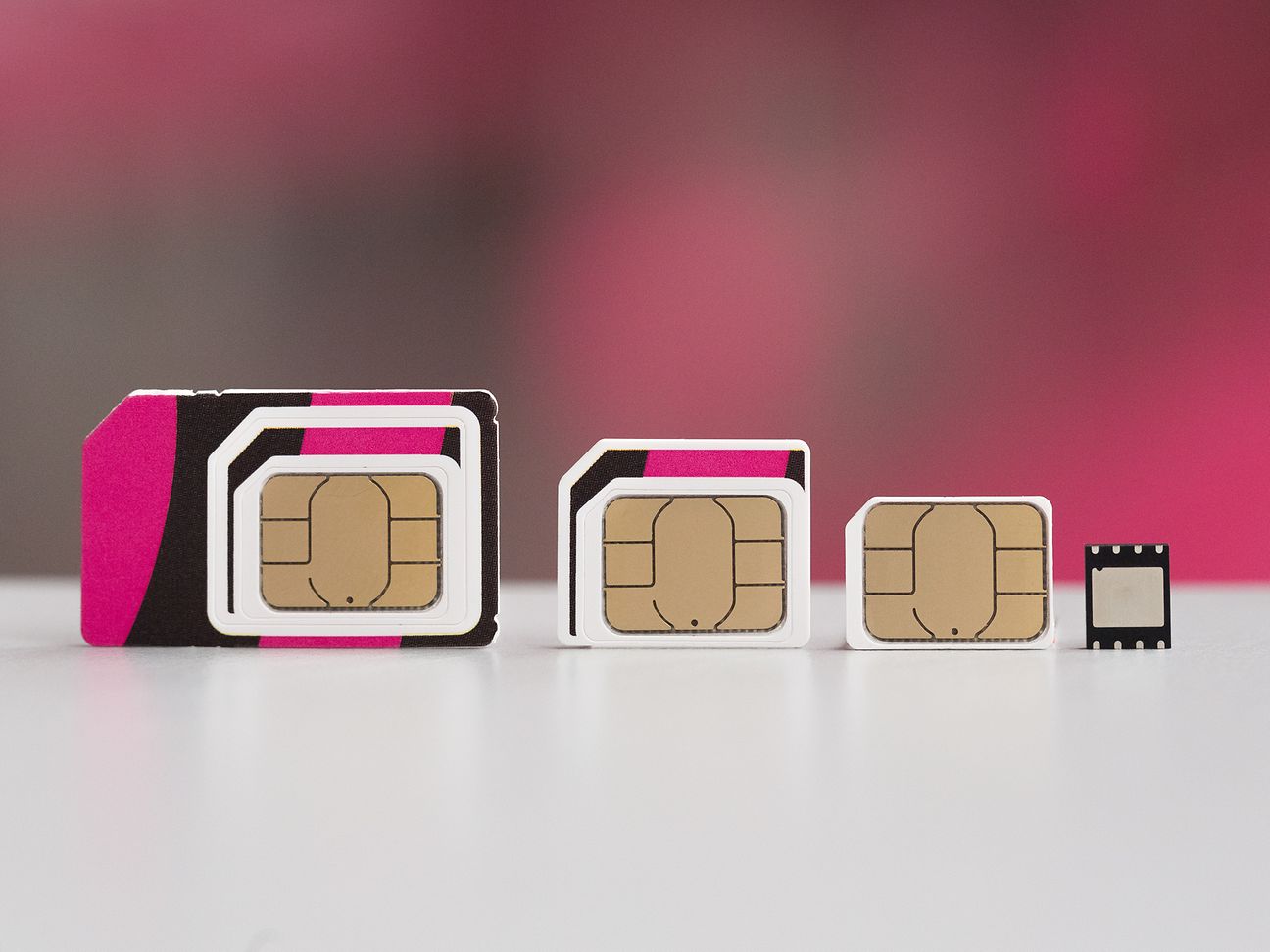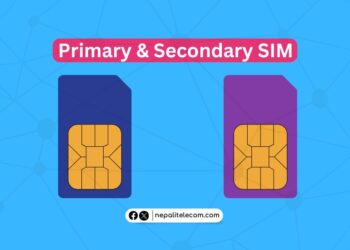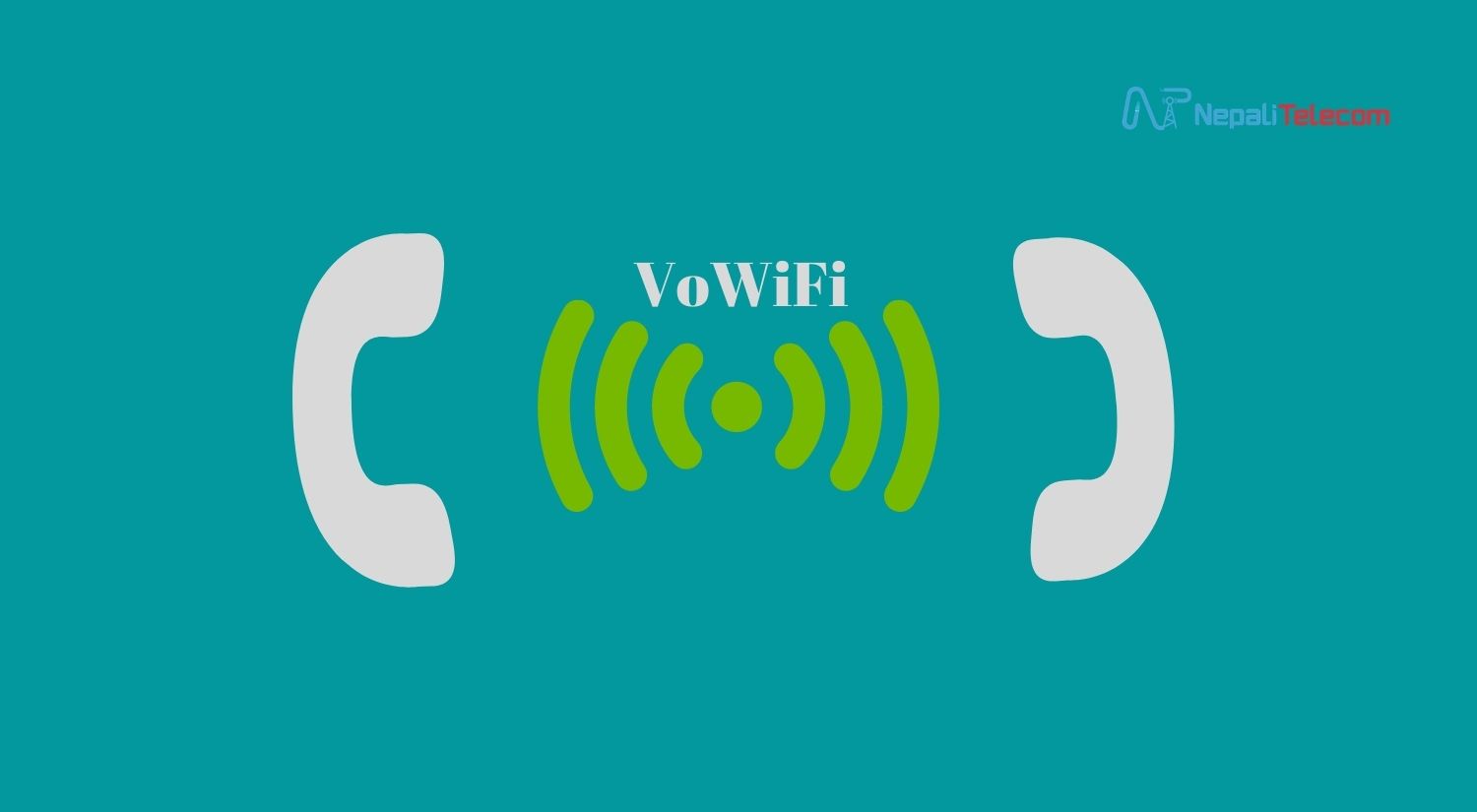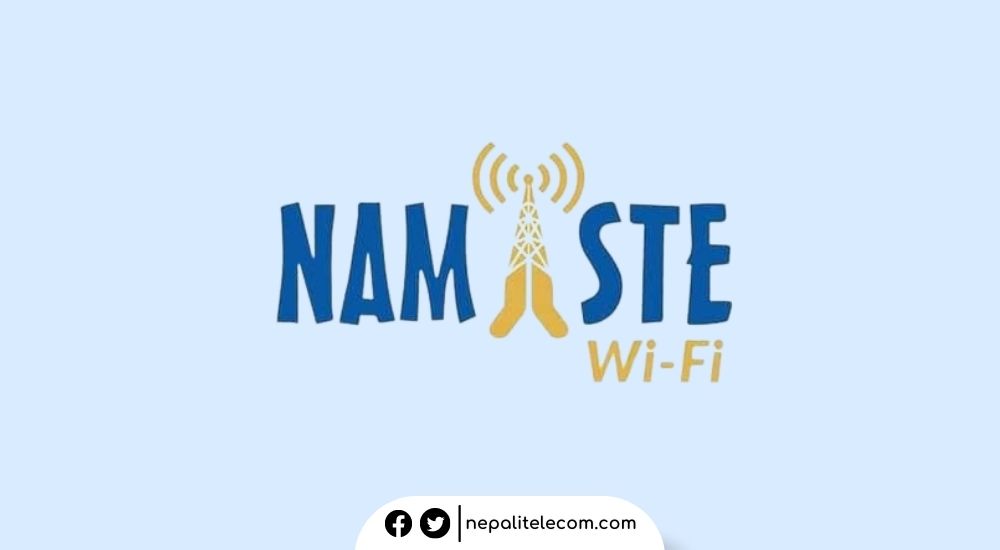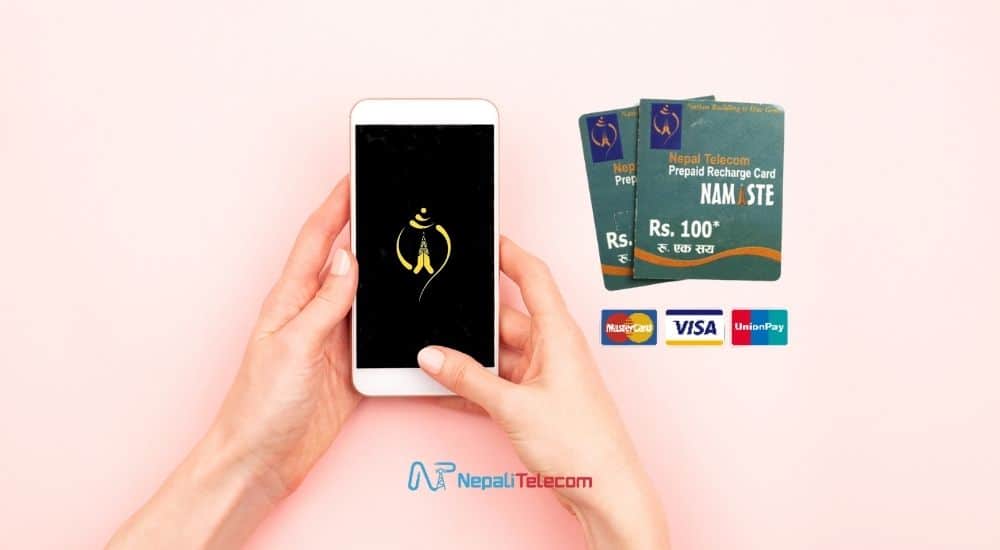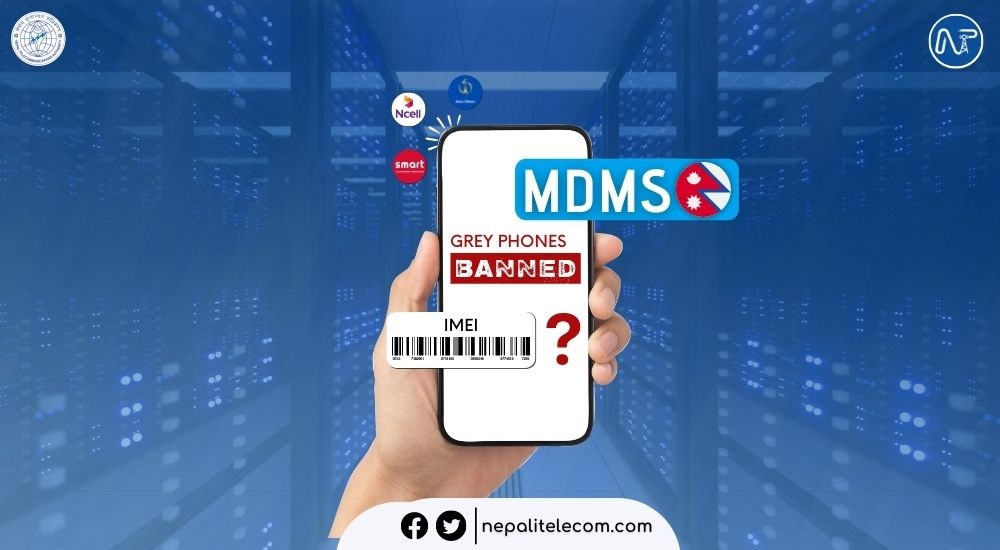We are super familiar with SIM cards and use them every day in our life. SIM is an integral part of the phone to make a call or to use data services. It has been so long that SIM cards are playing a major role in communication but is it making its way out? Well, the much smarter technology, is here and this might change the way you use the SIM card. So, what is eSIM, its usage in Nepal and what does it do? Let’s find out the future of SIM cards here in detail.
What is an eSIM?
As the name suggests, eSIM is an embedded SIM card that is designed to replace the physical SIM card. Most smartphones use a physical SIM card these days. An eSIM is a virtual embedded system that cannot be removed. As the “embedded” part of the name suggests, this is built into the phone’s mainboard. Alike to an NFC chip, eSIM is rewritable and will be compatible with all the dominant carriers, regardless of what type of network they use.
eSIM is a word that was highly hyped with the launch of the Apple Watch 3. It got out there in the smartphone market with Google Pixel 2 – becoming the first phone to adopt this technology. The Apple Watch 3 and Pixel aren’t the only devices using eSIMs. Cars and other IoT devices do too—we’ve all seen a connected car in this case, and you may have ever wondered where its SIM card is. The short statement is that it’s using an eSIM. That’s one application where it really just makes sense. Earlier iPhone 11 phones started first to support eSIM. But now many premium phones from Apple and Samsung support this eSIM functionality.
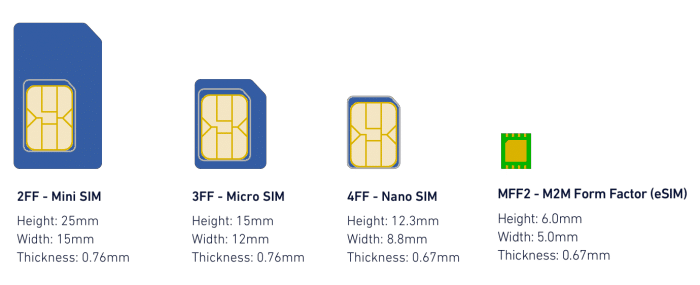
Other manufacturers of connected devices—usually smart home devices—are also using eSIMs. It just makes sense: it’s less hassle for the customer, more connection options for the manufacturer. And for those types of applications, it really is a win-win. When we start talking about bringing this tech to smartphones, however, it gets a little fuzzier.
Check out: What is SIM swap Scam and how to prevent it?
The future and benefits of eSIMs
With the introduction of eSIMs on Apple and Pixel devices, a lot of GSM operators around the world are on board to implement the system. The GSMA (the organization that represents the interest of the mobile operators around the world) has also announced a standard for eSIM. A lot of telecommunication operators like – AT&T, Etisalat, Deutsche, Orange, Telefonica, Vodafone, Airtel, Jio, and others are also said to be on board for this new kind of SIM.
The changing of an operator will make easier with the implementation of eSIM as the network data that it carries will be rewritable. You will be able to change your network operator with a single phone call rather than carrying multiple SIM cards of multiple operators. The major advantage would be for international travelers who are paying a huge amount of money for roaming services. This new type of SIM can be used everywhere in the world in the local network so roaming charges can be extortionate.
The other intricacy with physical SIM cards is that there are currently two or three sizes in play. Many of us have swapped out SIMs from one phone to another. We have even have cut down the bigger SIMs to the smaller ones. We have even lost out on the SIM card adaptor or even inserted the card in the wrong way. The new eSIM will make these things, the things of the past.
The challenges of eSIMs
We don’t have a long history of using huge and bulk full-sized SIM cards. Now almost every smartphone supports nano cards. Technology changes take time for complete adoption. Before every one of us jumps over the eSIM, all the major carriers need to agree that eSIMs are the future of SIM.
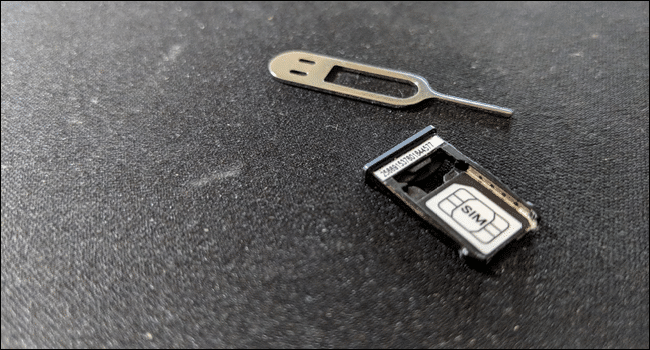
But it starts with one carrier, which will then grow to two, and so forth. Like we mentioned earlier, Google’s Pixel 2 is the first smartphone to use an eSIM. Now, a lot of other smartphones come with this feature these days. We mentioned before, switching phones carrier would be a lot easier with the eSIM. But you can swap your SIM card out in seconds, where the change to eSIMs might take longer to do the same thing.
Dont miss: Transfer eSIM from one mobile phone to another | iOS, Android
How will eSIM work in practice?
eSIM works similar to the physical SIM card that you are familiar with. It is embedded on the device, and you just need to talk with a telecom operator to activate the card. If you have both physical and eSIM on your device, you will be able to use both SIMs at the same time. When you are connected to two separate networks, your handset will display both networks on the screen at the same time.
If the phone is on standby and both the SIM and eSIM are active, you will be able to receive calls and texts on both numbers. You can choose a “default” line that you make calls on, use SMS, and the other line for data. You can store more than one eSIM on your phone, but you can use only one at a time.
Do read: Prepaid Vs Postpaid SIM: which one to choose?
eSIM in Nepal
Nepal starts the implementation of eSIM in the country with Ntc being the first telecom operator to bring it here. On Bhadra 31, 2079, Ntc has launched the eSIM service for both prepaid and post paid service. Many smartphones and connected devices have already adopted the eSIM concept. After few months of Ntc eSIM operation, Ncell has also launched eSIM service in Nepal without requiring you to visit their office.
Tell us what you think of embedded SIM in Nepal, does it add any value to the people or its just for showoff. Please let your idea flow, in the comment box or on our social media handles.


